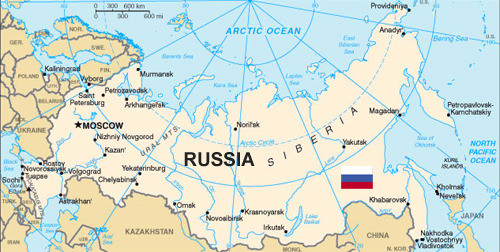Number of Marriages and Number of Divorces Both Falling in Russia – and Possibly for Same Reasons

(Paul Goble – Window on Eurasia – Staunton, April 10, 2019)
The Russian justice ministry reports that the number of marriages and the number of divorces in Russia have fallen sharply in recent years, with experts providing a wide variety of explanations. Some say that both trends reflect the uncertainties many feel as a result of economic hardship or international threats.
Others, in contrast, insist that these figures are simply the result of the declining number of people in the prime marriage cohort and that when that number goes up as the number of people in it increases, there will be more marriages and possibly as a result of that alone more divorces as well.
Andrey Vaganov, the editor of NG-Nauka, uses these figures and these different explanations for them as ways to approach the challenges the Russian government faces as it has committed itself in the Demographics National Project to boosting the birthrate over the next seven years (ng.ru/nauka/2019-04-09/9_10_7552_wedding.html).
The number of marriages and the number of divorces are both falling. In 2018, there were 967,056 marriages, down 21 percent from the figure in 2013 when 1,226,353 couples married. Ove the same period, the number of divorces in Russia fell from 696,688 to 613,042 – or approximately 12 percent.
Some observers, like Moscow sociologist Leonid Byzov, say uncertainty both economic and geopolitical is driving both: those who haven’t married aren’t ready to assume the risks, and those who are already married don’t know what might happen if they divorced. In sum, having a foreign enemy explains both.
But Tatyana Gurko of the Moscow Institute of Sociology disagrees. She says having a foreign enemy doesn’t explain what is happening. Instead, she says, the lower number of marriages reflects the declining size of the age cohort most likely to get married. When that cohort increases in number, so too will the number of marriages.
But the size of that cohort isn’t going to increase anytime soon. Most demographers now predict that by 2025, the number of Russians aged 20 to 29 will in fact fall by 50 percent of its already low current figure. Other stimuli will be needed, and some are pressing for family life courses in Russian schools.
According to Gurko, “marriage relations in Russia today are already not those of traditional societies such as in Muslim countries, with high rates of marriage and a low level of divorces but not yet those of Western post-industrial societies” where living together, childbirth outside of marriage and a relatively low level of divorces.”
One problem with Russian statistics is that Moscow does not count those living together, and therefore the government understates the number of couples who could have children. The number of such arrangements is increasing, the sociologist says, but there are no exact figures as to how much.
A European investigation, ESS-2016, found that among those aged 20 to 23, there are just as many Russians living together as there are in Sweden, about 21 percent in each case. Some of these couples may eventually marry, pushing up the marriage rate to begin with and the divorce rate later.
